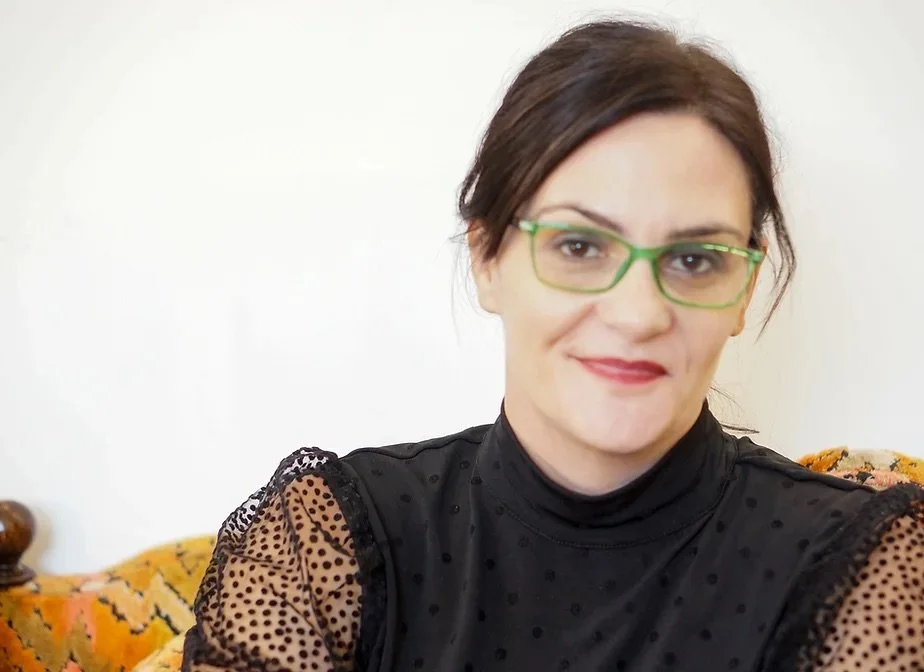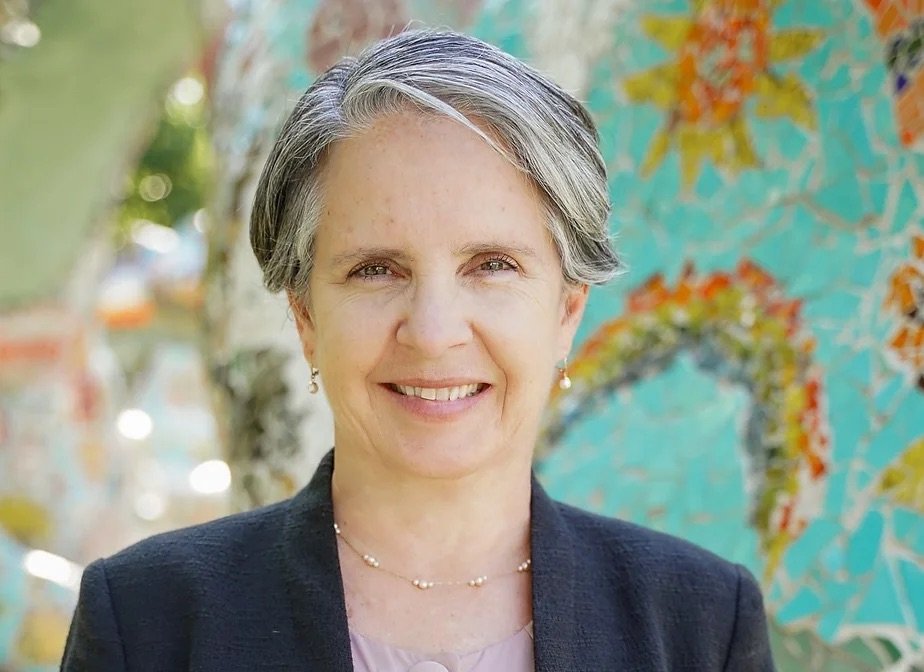Our work
It’s time to fulfill Brown’s Promise.
In 1954, the Supreme Court ruled in the landmark case Brown v. Board of Education that schools segregated by race will never achieve true equality. Nearly 70 years later, exposure to racial, ethnic, cultural, and economic diversity is even more important to our children’s educational and civic futures. But progress toward ending segregation peaked in the 1980s and we have been backsliding ever since.
Schools today are more racially segregated than they were in the 1970s. We can change that.
Shared schools. Shared success.
Diverse classrooms help students of all backgrounds thrive in school and beyond.
For students of color and students from low-income backgrounds, the effects are especially powerful for one simple reason: resources.
Across the country, many school district boundaries have been gerrymandered to reinforce patterns of segregation and resource inequality. And the hard truth is that schools and districts serving students of color and students living in poverty still lack access to crucial resources — from money and technology to experienced teachers and advanced coursework..
Diversifying schools remains one of the only proven strategies to expand access to those resources. At a time when our country feels hopelessly divided, it’s also the best way to foster understanding and collaboration across racial, ethnic, cultural, and economic lines.
We can’t keep letting artificial school district and attendance boundaries separate students from opportunity — and from each other.
This work has never been easy. We must avoid mistakes of the past, when the brunt of early integration efforts was borne by communities of color.
But together we can.
We created Brown’s Promise, housed at the Southern Education Foundation, to support local partners with:
-

Research
Identifying and addressing existing and new research needs
-

Litigation and Advocacy
Developing and refining legal theories, remedies, and policy solutions; supporting strategic advocacy campaigns
-

Collaboration
Fostering relationships and knowledge-sharing between experts and advocates working on school diversity and resource equity
-

Communications
Reinvigorating a national discussion about the importance of ending school segregation and providing communications resources for local partners
Community of practice
We’re bringing together advocates, researchers, and educators from across the country to break down barriers and build lasting solutions.
State and local advocacy
States are the key to change, and many of the most powerful solutions happen at the state level.
We work hand-in-hand with local communities to develop region-specific strategies.
Team
-

Ary Amerikaner
Co-Founder and Executive Director
-

GeDá Jones Herbert
Chief Legal Counsel
-

Stephen Owens
Director of Policy and Advocacy
-

Cara Berg Powers
Massachusetts State Director
-

Camille Pendley Hau
Lynn Walker Huntley Social Justice Fellow at the Southern Education Foundation
-

GeorgeDaniel Dixon
Student Intern at the Southern Education Foundation
Advisory Board
-

Michelle Adams
Michigan Law School
-

Aaron Ament
National Student Legal Defense Network
-

Saba Bireda
Brown’s Promise Co-founder
Sanford Heisler Sharp McKnight
-

Derek Black
University of South Carolina School of Law
-

Gina Chirichigno
National Coalition on School Diversity
-

Linda Darling-Hammond
Learning Policy Institute
-

David Hinojosa
National Center for Youth Law
-

Elizabeth Horton Sheff
Sheff Movement Coalition
-

Rucker Johnson
University of California, Berkeley
-

Bob Kim
Education Law Center
-

John King
10th US Secretary of Education;
State University of New York -

Raymond Pierce
Southern Education Foundation
-

Gini Pupo-Walker
Raikes Foundation
-

Philip Tegeler
Poverty and Race Research Action Council



